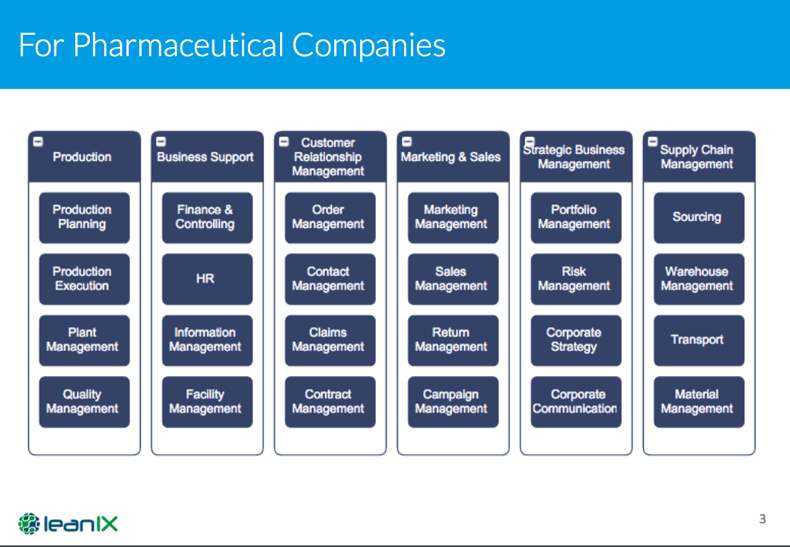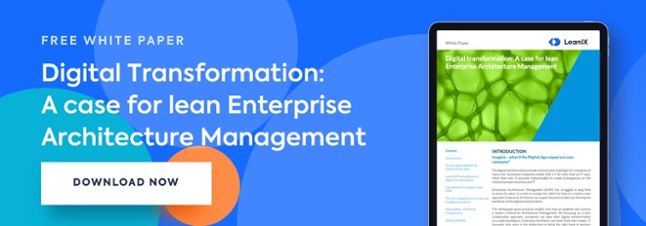
As a seasoned Enterprise Architect, you’ve seen these words being thrown around frequently recently - agility, digital transformation, containers, microservices - but what do they all really mean for your day to day operations? Can you ignore them as empty buzzwords, and keep functioning like before?
Digital transformation is the new industrial revolution.
Many companies failed during the industrial revolution because they refused to adapt to the times. Don’t let that be your company.
The first notable change in technology took place during the industrial revolution. Before this time, most manufacturing took place in small quarters and was often painstakingly carried out by hand. During the 1700s, a series of mechanical innovations led to new opportunities. All of a sudden it because possible to mass produce. Either companies rode the wave of innovation and increased their productivity, or they were stuck in the previous practices and fell behind the curve.
EAs must have a full overview of their IT landscape.
The first step to becoming an adaptable EA in an agile enterprise is to assess your current IT landscape. Use a business capability map (fig. 1) to gather which systems, processes, and applications are currently being used by your company. Identify which patterns and processes are working and which ones are simply ineffective. This can be a daunting task, especially if this has not been carried out in your company before. Having a firm grasp on the current portfolio will give you the tools to make quick data-driven decisions in the future.

Figure 1 - LeanIX business capability map specifically for pharmaceutical companies.
Become a prolific leader
Now that you have a firm grasp of the IT landscape, create a plan with your teams and start completing tasks. Propose and investigate tasks that your IT teams can carry out. To go a step further - constantly stay abreast of technology terms and systems to be an asset to your agile team.
Evangelize agile frameworks
Now that you have a task at hand, try using an agile method like scrum or kanban to a current project that is taking too long to deploy. Scrum is a cutting edge agile framework for completing complex projects quickly and efficiently.
The scrum framework works as follows: the teams create a prioritized list called a product backlog. During sprint planning, the team selects a small chunk from the list, a sprint backlog, and decides how to implement those pieces. The team, directed by the EA, has a certain amount of time, -a sprint- to complete its work. Every day there is a daily scrum to assess its progress. At the end of the sprint, the work should be potentially shippable - ready to deploy, send to the customer, or show to a stakeholder. The sprint ends with a sprint review and retrospective. Now you have a product in a short amount of time. The definition of agile.




